The X Button
Under Ratings
by Todd Ciolek,
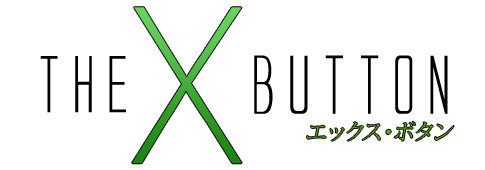
Last week I predicted that Pandora's Tower wouldn't come here. I was wrong, because XSEED announced it for a U.S. release a few hours after my column went up. GameStop already has the damn thing listed with a tentative late-March date and a forty-dollar price tag, though I hope that XSEED plans a release on par with the European deluxe set.
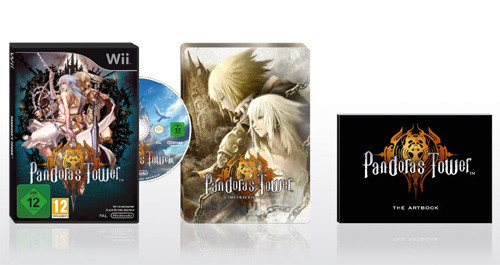
And that's not all. I also figured that North America wouldn't see Project X Zone, the 3DS mash-up involving Bandai, Sega, and CAPCOM characters. And just this week, Namco Bandai announced it for a U.S. release.

It's headed here this summer, and early reports have it that nothing will be removed. Even the characters from games unknown in the U.S. will stay in this strategy-RPG crossover.
So here's the deal. For a nominal fee, I will opine that no U.S. publisher will bring out a game of your choosing, thus all but guaranteeing its release. Want me to say that we'll never get that Black Rock Shooter PSP thing that imageepoch promised to North America? Should I claim that Sega won't localize Valkyria Chronicles III or 7th Dragon 2020? Just don't ask me to deny that Nintendo will translate Mother 3, because we know that'll never happen. Never ever. Hear that, Nintendo?
NEWS
GRASSHOPPER SHOWS OFF KILLER IS DEAD, AND IT LOOKS FAMILIAR
Grasshopper Manufacture announced Killer is Dead last year, but pretty pieces of concept were all they had to show. The game fully emerged last week, complete with a new trailer, screenshots, and a North American website suspiciously registered by XSEED Games.
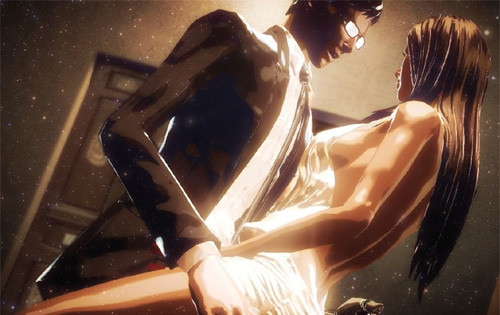
Killer Is Dead follows one Mondo Zappa, a nearly middle-aged “executioner” armed with a katana and a transforming cybernetic arm. He makes his living hunting criminals and other hired assassins, and he's accompanied by his young live-in girlfriend Mika Takekawa (or is she just his chef?), his British supervisor Viviane Squall, and his fully cyborged-out boss Brian Roses. Yes, it's the work of director Goichi “Suda51” Suda, fond as he is of violent, sexually blunt pulp stories. Killer is Dead has no obvious narrative connections to his infamousKiller7, but the heavily shaded characters do look a bit familiar. More on that in a moment.
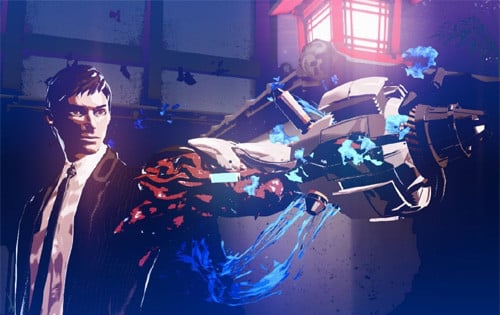
Zappa's arm provides the most interesting angle in Killer is Dead. Gathering the blood of slaughtered enemies, it changes into a cannon, a drill, a rapid-slash machine, and other lethal implements. The game is due out for the PlayStation 3 and Xbox 360 this summer in Japan, and it'll likely be out in North America not long after. XSEED won't confirm that they're releasing it just yet, but we all know how these things go.
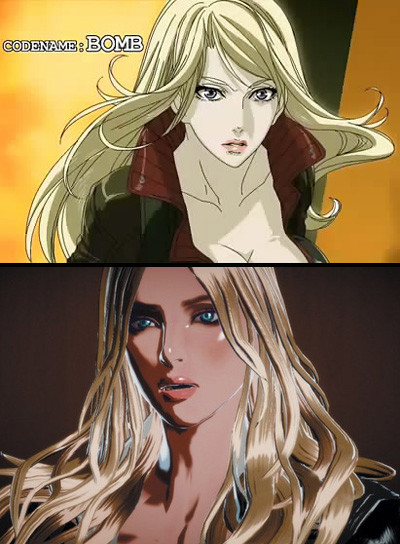
I note a certain resemblance between Killer is Dead and the long-canceled Gonzo anime series Five Killers, which sadly never got past a trailer and a website. Maybe they're drawing from the same well. Maybe Zappa and Viviane just look a bit like Sword and Bomb, respectively. Maybe I just wish a little too much that Gonzo had made Five Killers instead of Rosario + Vampire and Linebarrels of Iron.
ONE PIECE PIRATE WARRIORS 2 COMES WEST, BUT ONLY FOR PS3
Fist of the North Star: Ken's Rage 2 comes out next month as a full retail title for the Xbox 360 and a digital release on the PlayStation 3. Namco Bandai just announced that One Piece: Pirate Warriors 2 will arrive here on the PS3 this summer, but only as a downloadable title. And the Vita version isn't coming over. Can we infer from this that Fist of the North Star is more popular than One Piece? Should we be deluged in Fist of the North Star manga and anime instead of One Piece? No, no. It's just the result of different companies doing different things.
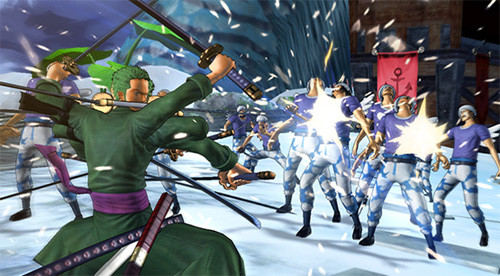
Pirate Warriors 2 features the usual roundup of playable One Piece heroes, plus Enel and Batholomew Kuma. It sticks with the Dynasty Warriors model that drove the first game, and the new Haki system provides different abilities. Conqueror's Haki pelts smaller enemies around, while Observation Haki increases a character's speed and combos. That may not make the game much more than Dynasty Warriors with a One Piece coating, but some fans may find that good enough.
PEOPLE HATE FINAL FANTASY: ALL THE BRAVEST FOR SEVERAL REASONS
Final Fantasy: All the Bravest had it rough before the game even arrived. Some people were ticked off that the title did signify Square's U.S. release of Bravely Default: Flying Fairy for the 3DS. Instead, the game is an iOS deal that exploits fond memories of the older Final Fantasies. Characters from throughout the series gather in massive parties, and the player can make them attack with a tap on the touch screen.
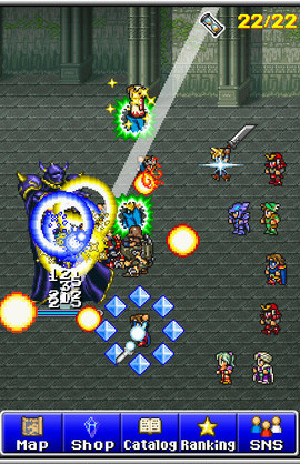
The problem is that All the Bravest is one of the most blatantly avaricious releases in Square Enix history. The game itself is $3.99. If you want to add new characters to your party, they're randomly dolled out at 99 cents each. The game guards against any duplicates, but there are 35 additional characters. And if you want to explore new areas based on other Final Fantasies, those are $3.99 each. You can even buy hourglass items that help you out of difficult battles.
This has left many fans upset, and some even claim that this is the last straw for Final Fantasy, that the series is now a lamprey draining the nostalgic goodwill of even its most ardent supporters. Granted, All the Bravest is a mere iPhone app. It's not a console game. But the full-blown Final Fantasy XIII and XIV had their own problems, and a money-leecher like All the Bravest sure isn't helping.
FEATURE: THE UNAPPRECIATED
Many game developers labor in obscurity, whether they make underrated marvels or tired by-products of some popular anime or film. True, a few smaller studios gather considerable fan followings who all but soil themselves upon mention of Treasure or Cave or maybe even poor tri-Ace. But what about those other studios that toil in the steaming engine room of the game industry without complaint or reward? Let's take a moment to salute some lesser-known companies. Try it at home, won't you?
MATRIX SOFTWARE
Founded: 1994
Matrix began in the shadow of Climax. The studio's first outing was the PlayStation action/RPG Alundra, which quickly earned comparisons to Climax's Landstalker games. It was no accident, as Matrix had former Climax employees in their ranks. After a less-beloved Alundra sequel and a PlayStation 2 action-RPG called Dual Hearts, Matrix settled in and spent the next half-decade making games for other properties: Dragon Quest spin-offs for Enix, anime licenses for Banpresto, and even some Lost in Blue games for Konami. Their highest-profile works were DS remakes of Final Fantasy III and IV, plus the multi-platform Final Fantasy IV: The After Years.
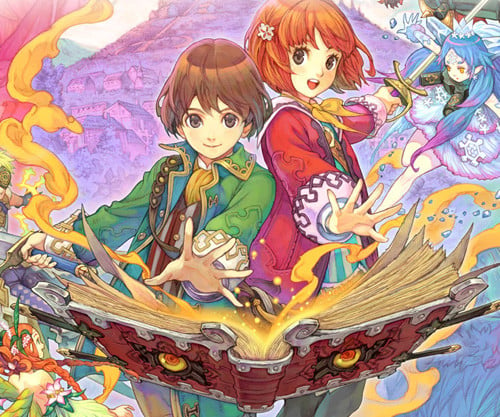
It was 2008 when Matrix at last put together another original game: Avalon Code (above). Sponsored by Marvelous, the DS action-RPG finds a hero or heroine using a magical tome to free caged spirits and record the world around them. There's catch though: the world's ending shortly, and only what the player records will be preserved in the next incarnation. Avalon Code's unique for that as well as its combat system, which lets players air-juggle enemies until they're bouncing up through the earth's atmosphere. Avalon Code never caught on well enough to become a series like Harvest Moon or Rune Factory, but it has its fans even today. And deservedly so.

Recent years saw Matrix return to familiar properties. Aside from programming the DS RPG Nostalgiafor Red Entertainment and Tecmo, Matrix has worked on Namco Bandai's Tales of Vs. fighter and…well, more Final Fantasy. Matrix made Final Fantasy: The 4 Heroes of Light for the DS and the multi-part Final Fantasy Dimensions (above) for mobile platforms, though they apparently had nothing to do with the recent Bravely Default: Flying Fairy for the 3DS (or the recent disaster of All the Bravest). While these aren't terrible games, they're lacking the novel pitch of Avalon Code, and it'd be nice to see Matrix set off of their own again.
MEDIA.VISION
Founded: 1993
Japanese studios do love their arcane punctuation and capitalization, but nothing mystifies me like the period in Media.Vision's title. Perhaps it's for legal reasons, since the name's already used by some North American outfits. Whatever the reason, Media.Vision started off as one of the most prolific PlayStation developers in Japan. In the system's first year on the market, the studio cranked out the first-person RPG Crime Crackers and an action-shooter called Gunners Heaven, the latter of which was noticeably derivative of Treasure's Gunstar Heroes. Sony then drafted Media.Vision to make an RPG, and the result was Wild Arms.

Wild Arms would never be as popular as Final Fantasy or the Tales series, but it had a day in the sun. The original Wild Arms introduced a mixture of fantasy-RPG conventions and wild-west atmosphere, and it fortuitously arrived in North America months before Final Fantasy VII grabbed up all the attention. Four main Wild Arms games and a remake of the original followed, alongside an anime series (which ADV Films actually released here). The franchise was last spotted with the strategy-RPG Wild Arms XF in 2008, after which Sony seemed to quietly drop it. Media.Vision looked elsewhere.
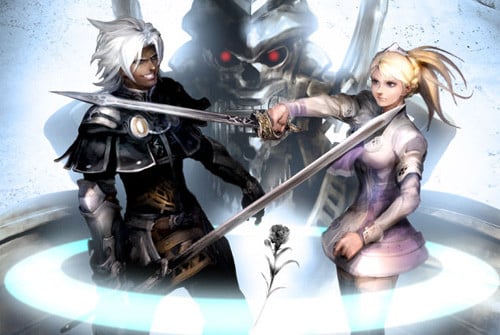
Recent years saw Media.Vision creating a curious DS game based on the The Wizard of Oz, with the story altered to better suit an RPG. More notable is Media.Vision's Chaos Rings series (above), three mobile RPGs created for erstwhile rival Square Enix. Recalling Square's PlayStation-era Final Fantasies, the Chaos Rings titles introduce a morbid dimension where teams of two take on monster-filled dungeons and each other in a contest for immortality. The games offer a few more risks than the typical RPG, and they're ideal for compact play sessions.
NEVERLAND CO. LTD.
Founded: 1993
Cult favorites are Neverland's specialty. The company got lucky with their first creation, Lufia & The Fortress of Doom. It's a routine RPG beyond a memorable opening act, but it arrived on the Super NES in the middle of 1993, when American fans of the genre had little else to play. Years later, the much-improved Lufia II: Rise of the Sinistrals found an equally special place among fans. Showcasing clever puzzle dungeons and a strikingly downbeat finale, it was the last RPG released on the Super NES in North America.
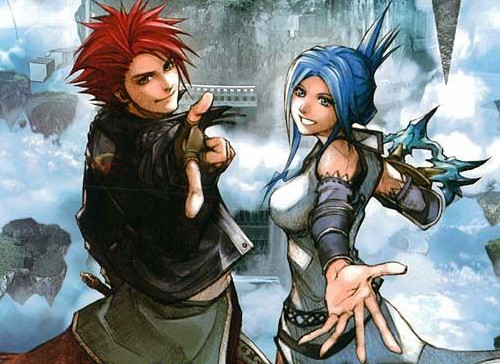
Lufia would be Neverland's biggest success of the 1990s, but problems arose. Lufia III: Ruins Chaser was announced for the PlayStation, but the game's publisher collapsed and the project was shifted to the Game Boy Color, emerging as the substantially different Lufia: The Legend Returns in 2000. Taito even took the series away from Neverland for a while, letting another developer make the Game Boy Advance's Lufia: The Ruins of Lore. It's considered the weakest of the whole line. Neverland wouldn't get another crack at the series until 2010's Lufia: Curse of the Sinistrals (above), a DS remake of Lufia II. The game's action-RPG approach and pseudo-modern character redesigns prompted complaints, but some fans enjoyed it. I'm one of them.
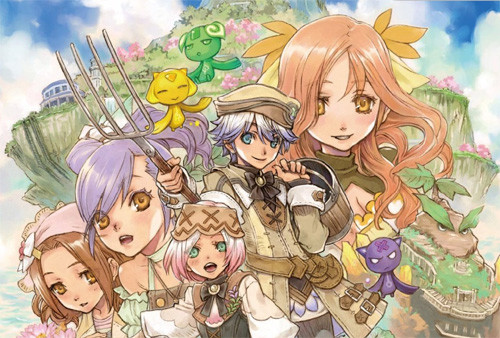
Neverland's catalog has more than Lufia, of course. The studio also made the RPGs Energy Breaker and Chaos Seed for the Super Famicom, along with CIMA: The Enemy for the Game Boy Advance and a well-received Dreamcast game based on Record of Lodoss War. Most recently, Neverland found a home in Marvelous Entertainment's Rune Factory franchise (above), fantasy-themed action-RPGs that grew out of the Harvest Moon series. There's no sign of another Lufia or any other original Neverland works, but it's comforting to see them still around.
WESTONE BIT ENTERTAINMENT
Founded: 1986
The odds are good that you've played a Westone game in some capacity. Perhaps it was Wonder Boy or Hudson's closely related Adventure Island series. Perhaps it was Jaws for the NES, you poor thing. Perhaps you downloaded Monster World IV for Xbox Live, the PlayStation Network or the Virtual Console, and good for you if you did. With the aforementioned exception of Jaws, Westone was an excellent developer in the late 1980s and early 1990s.
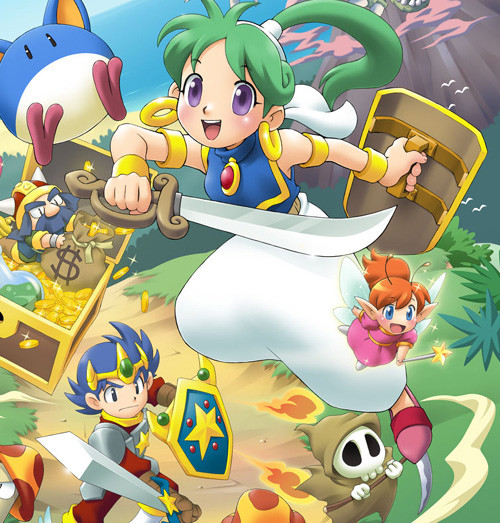
Originally known as Escape, Westone broke into arcades with Wonder Boy, a tough little side-scroller that led to several confusingly entwined series. Westone and Sega expanded Wonder Boy into the Monster World games, and Wonder Boy in Monster Land and Wonder Boy III: Monster Lair appeared on several consoles. Meanwhile, Hudson Soft turned the original Wonder Boy into the Adventure Island franchise, putting its spokesman Takashi Meijin in the lead role. Westone moved past the first Wonder Boy, however, and the Monster World games continued with Wonder Boy III: The Dragon's Trap, a Metroid-y action game for the Sega Master System (and TurboGrafx-16). The whole series sorted itself out in 1994 just in time for its best title: Monster World IV, an endearing side-scroller starring a heroine named Asha and a floating blue critter named Pepe. This was also the last chapter in the series, though Sega put together a PlayStation 2 collection (above) with all of the original games.
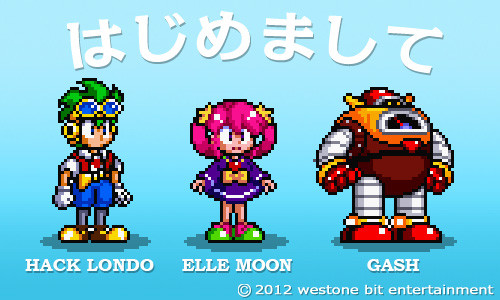
Westone wasn't quite the same after Monster World ended, though they crated an inventive action-RPG called Dark Half for the Super Famicom and a middling platformer called Willy Wombat on the Saturn. Westone then embarked on a career of dating sims and licensed games, changing its name to Westone Bit Entertainment. Yet it's still the same company deep down, and co-founder Ryuichi Nishizawa proved it last year. When Hardcore Gaming 101 asked him about Westone's unreleased arcade game Aquario of the Clockwork (above), Nishizawa decided to dig up the game's source code and design art, posting samples of both on Twitter. Restoring Aquario is tough work, but Nishizawa seems dedicated. And if anyone knows about programming for Sega's System18 arcade hardware, they might want to get in touch with him.
NEXT WEEK'S LACK OF RELEASES
No, there aren't many games coming out next week. There's the Hitman Trilogy, which collects Hitman 2, Hitman: Contracts, and Hitman: Blood Money for the PlayStation 3 and Xbox 360. Don't worry. Next month has plenty of stuff.
discuss this in the forum (39 posts) |
this article has been modified since it was originally posted; see change history